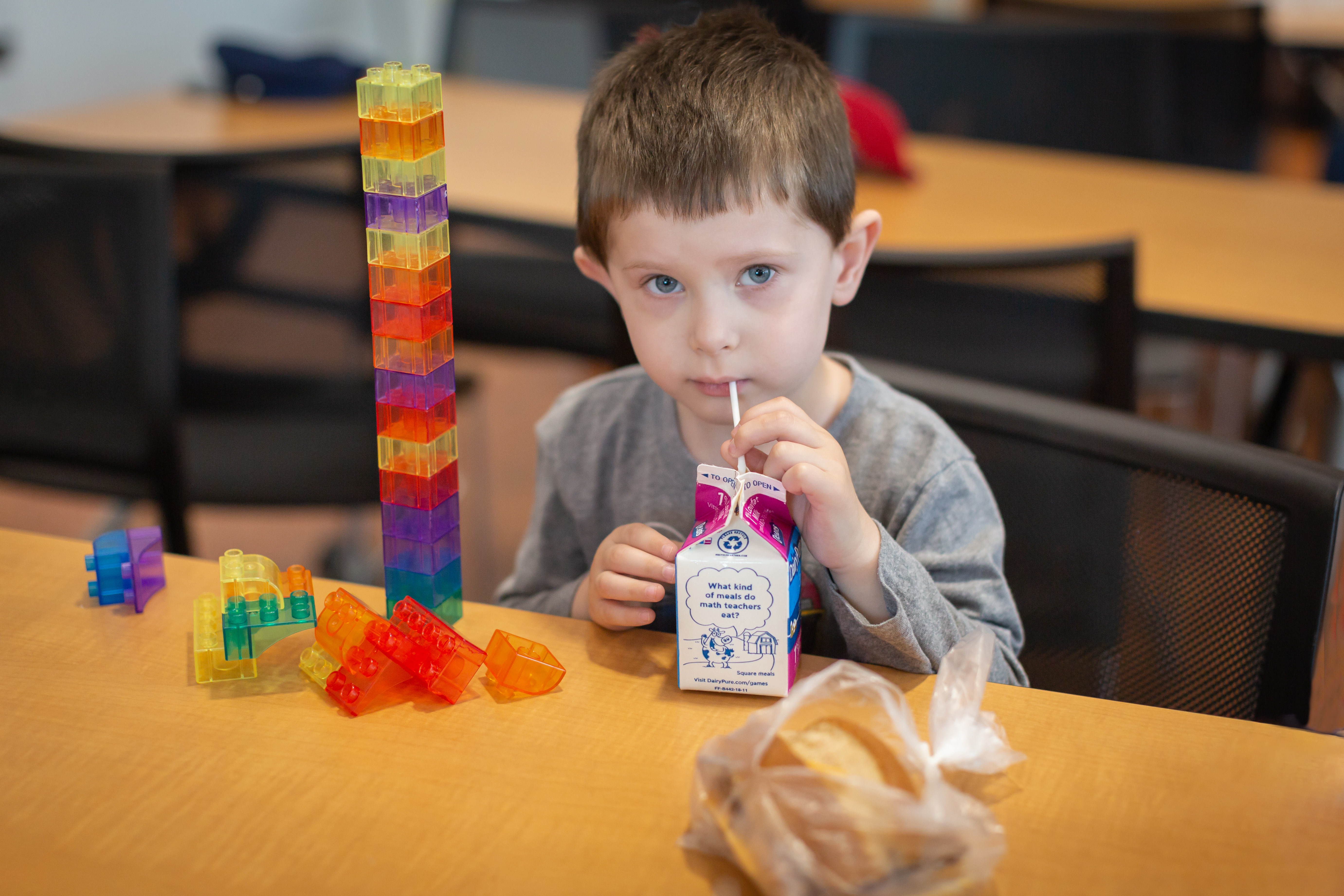Jen Montgomery-Rice of Hampden spent 25 years teaching and caring for children in both Maine and Massachusetts public schools and her own childcare/preschool business in Bangor. During those years, she looked at childhood hunger in the face every day. “Every teacher knows to keep extra snacks (usually graham crackers or similar) for the kids who don’t ‘remember’ to bring a snack to elementary school,” Jen says. “It’s incredible how even Kindergarten-age children know not to “out” their parents by revealing to their teacher there’s no food in the house. It’s why childhood food insecurity is so hard for most people to grasp but teachers see the problem every day.”

Here in Maine, one out of every five children in the state is food insecure. That means in a typical classroom of twenty-five students, five of them may not have had breakfast that morning or went to bed without dinner the night before. “Unless the school provides breakfast, kids who are food insecure may have their first meal during snack at school around 10:00 am,” Jen says. “If that snack is graham crackers, they’re getting carbs but not a lot of protein. That kind of hunger can cause children to act out in ways they normally wouldn’t.”
The five food insecure children in the typical Maine classroom may not tell you they don’t get enough to eat at home, but teachers like Jen know them well.
Child #1: The Sleepy Child
“This is what you expect a food-insecure child to look like and it’s very common,” Jen explains. “They can be lethargic, disinterested and unmotivated which puts them at an immediate disadvantage.” It’s a simple matter of cause and effect—a child who doesn’t receive enough healthy food in the morning is going to have less energy during the day. To make the situation even worse, when that same hungry child goes to bed at night, he’s going to have trouble sleeping which results in even more fatigue the next day.
Child #2: The Hyper Child
“This is the child people don’t expect,” Jen says. “Children who don’t get good nutrition and don’t sleep well can become hyperactive. You’d think it would be the opposite but I saw it a lot.” Hunger and stress affect children differently. What will cause one child to become withdrawn may drive another child to seek attention by overcompensating. Children from food-insecure homes may also receive the majority of their calories from inexpensive, processed foods that are high in sugar. Any parent will tell you that sugar and young children can be a volatile combination and that’s especially true in the classroom.
Child #3: The Angry Child
“HANGRY” is a humorous word to describe how being hungry can make you angry, but it’s no laughing matter for educators like Jen Montgomery-Rice. “Being hangry is a real thing,” she says. “This is the child who fights with anyone and everyone for almost any reason, often unprovoked. Besides the gnawing feeling in their stomachs, the conditions in which this child lives can upset her and cause her to lash out.” Compound this physical and emotional pain with the jealousy a food-insecure child may feel when she sees the things her classmates have in their lunchboxes or the teasing she may endure when she collects her free lunch. When you put yourself in the shoes of a hungry child, it’s easy to understand how they can become resentful.
Child #4: The Sick Child
“Every child gets a cold at some time or another but this child is constantly sick, usually with minor colds and viruses, but sometimes it’s just a constant runny nose and cough that never clears up,” Jen explains. This child may not look food insecure, in fact, he may even be slightly obese. But being overweight isn’t the same thing as eating well. With children, their weight issues are usually the result of eating too much of the wrong foods like fast food and macaroni and cheese. These inexpensive meals are packed with empty calories at prices their parents can afford but lack the nutrients every child needs to develop and maintain a healthy immune system.

Child #5: The Distracted Child
Every student wants to please their teacher but it’s hard to focus on your homework when the free lunch you had at school is your last meal of the day. In Jen’s experience, the connection between food insecurity and poor performance is undeniable. “The distracted child often flies under the radar, as she might just not be concentrating very well, and keeps failing tests,” Jen explains. “She doesn’t seem to have a good memory and generally does not retain information well. A child that’s distracted by the physical and emotional pain of food insecurity is going to have a much tougher time scoring well on tests, progressing in school and succeeding in her future life.”
According to a study from the American Academy of Pediatrics, 6 to 11-year-old food-insufficient children had significantly lower arithmetic scores and were more likely to have repeated a grade, have seen a psychologist, and have had difficulty getting along with other children. The same is true for teenagers with food insecurity, plus the higher likelihood of being suspended from school.
Food insecurity isn’t the only reason for a child to be sleepy, hyper, angry, sick, or distracted but for one out of every five students in Maine, it is. Some food insecure children display all these symptoms on the same day and in some schools, there are a lot more than five students who are hungry. It’s a horrible situation, but there is hope.
At Good Shepherd Food Bank, we’ve seen firsthand how children who receive access to the healthy, nutritious food their parents struggle to provide can rise above their challenges and become successful business owners. That’s why our youth and family initiatives are such a core part of our outreach programs. It’s also why we’re working hard to expand these programs throughout the state and our new distribution center in Hampden is a big part of that promise. Last month, we received a profoundly generous pledge from Susan and Fritz Onion to match all donations to our Food For All campaign up to $500,000. If we can raise $400,000 before the facility’s grand opening on September 26, 2019, we will have funded the entire cost of the $5 million project and put ourselves in position to eliminate food insecurity in Maine by 2025.
As Jen Montgomery-Rice says: “From increasing the graduation rate in Maine to ensuring the success of our future generations, child food insecurity affects ALL of us. We should all feel a responsibility to take on ways to solve the problem.” If you’re moved by the things teachers throughout the state experience every day, please contribute whatever you can to our Food For All campaign to complete our Hampden project or our capital campaign that funds our future programs and activities. Thanks for your help!